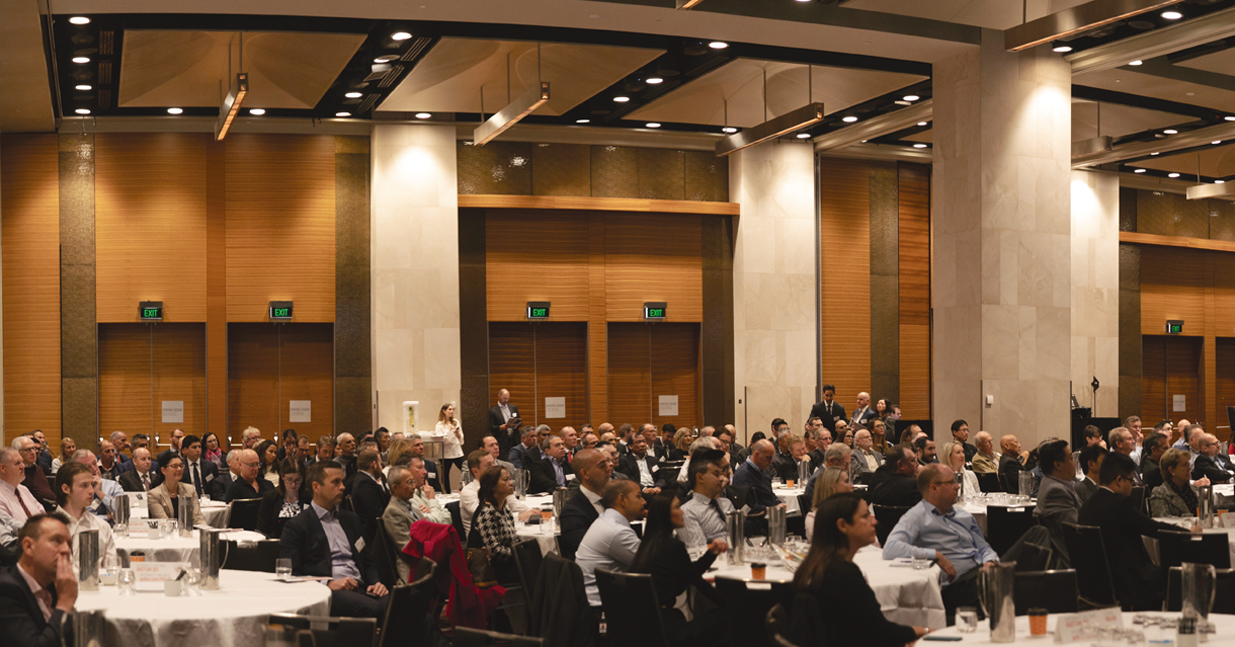
Fixed income for the mainstream
The third Fixed Income Beyond the Institutional Sector Summit, hosted by KangaNews and National Australia Bank (NAB), took place in Sydney on 2 August. This unique conference attracted another record number of delegates in 2018, as NAB continues to champion the importance of fixed income to the noninstitutional investor base.
“Australians as a whole are getting richer together. But their asset allocation is still far from ideal: they have property, equity and cash with a very limited allocation to fixed income – less than 1 per cent in self-managed superannuation funds. This is changing, and with the ageing population we are starting to see more and more demand for fixed income from our clients.”
“Three-quarters of private-sector credit in Australia is provided by bank balance sheets. The global average is about 55 per cent, and the US is only 20 per cent. Australia’s corporate bond market has traditionally only been open to big names, but we see a lot of demand for term debt from smaller corporates.”
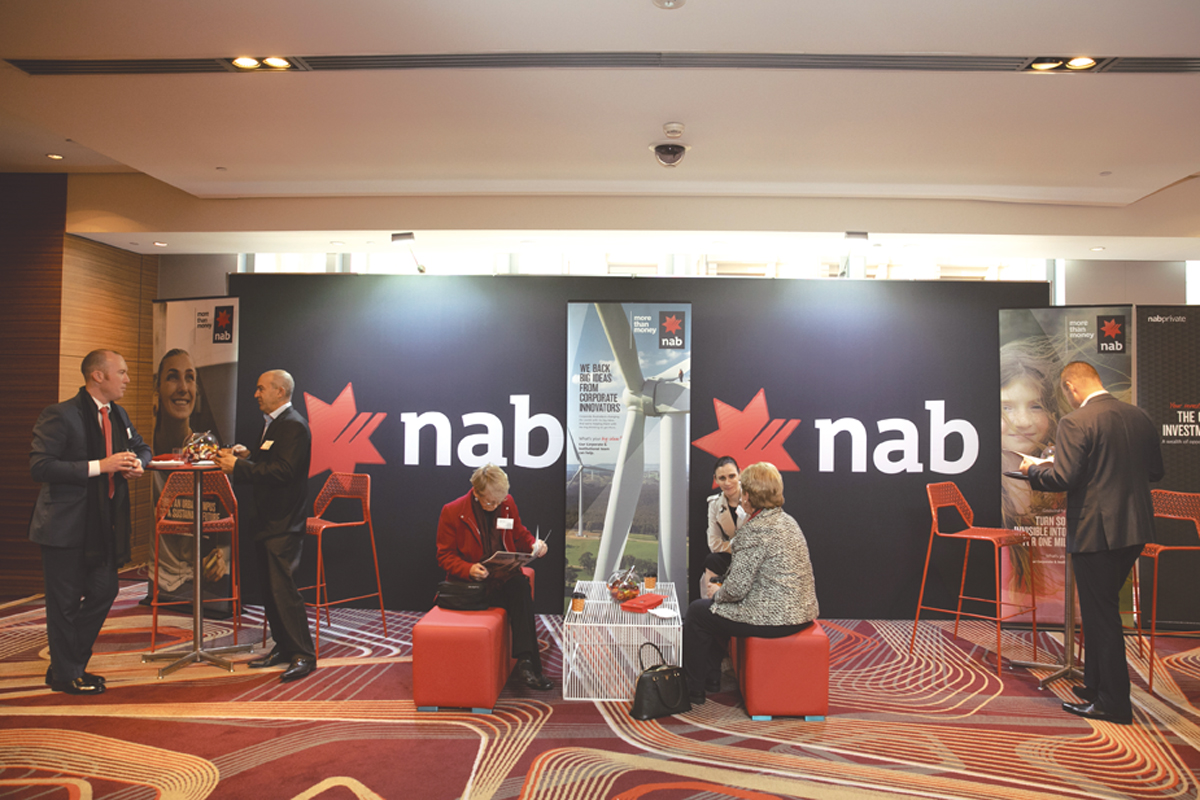
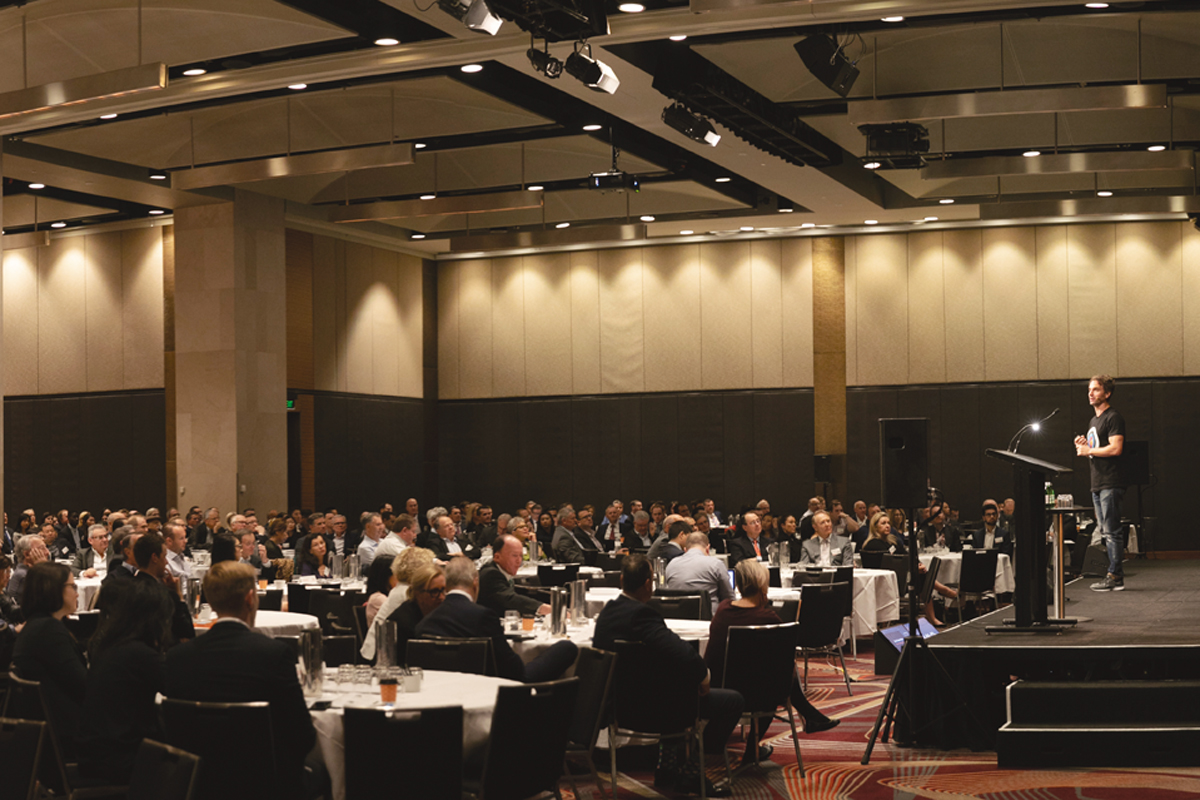
“Multitasking should be called ‘suboptimal tasking’. Your brain cannot do two high-attention tasks at the same time without degrading your performance of both.”
“The US presents an enormous opportunity for infrastructure investment at the moment. But there are a lot of dynamics to come to terms with, such as fiscal and trade policy.”
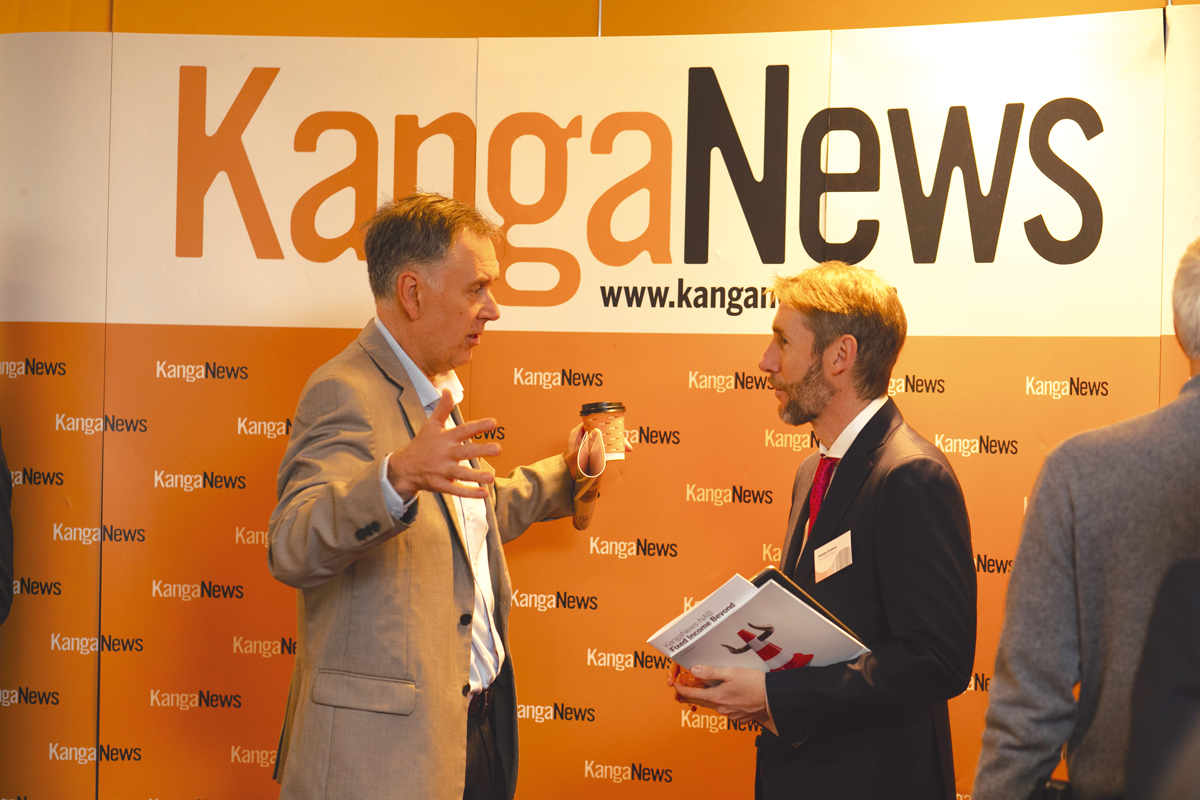
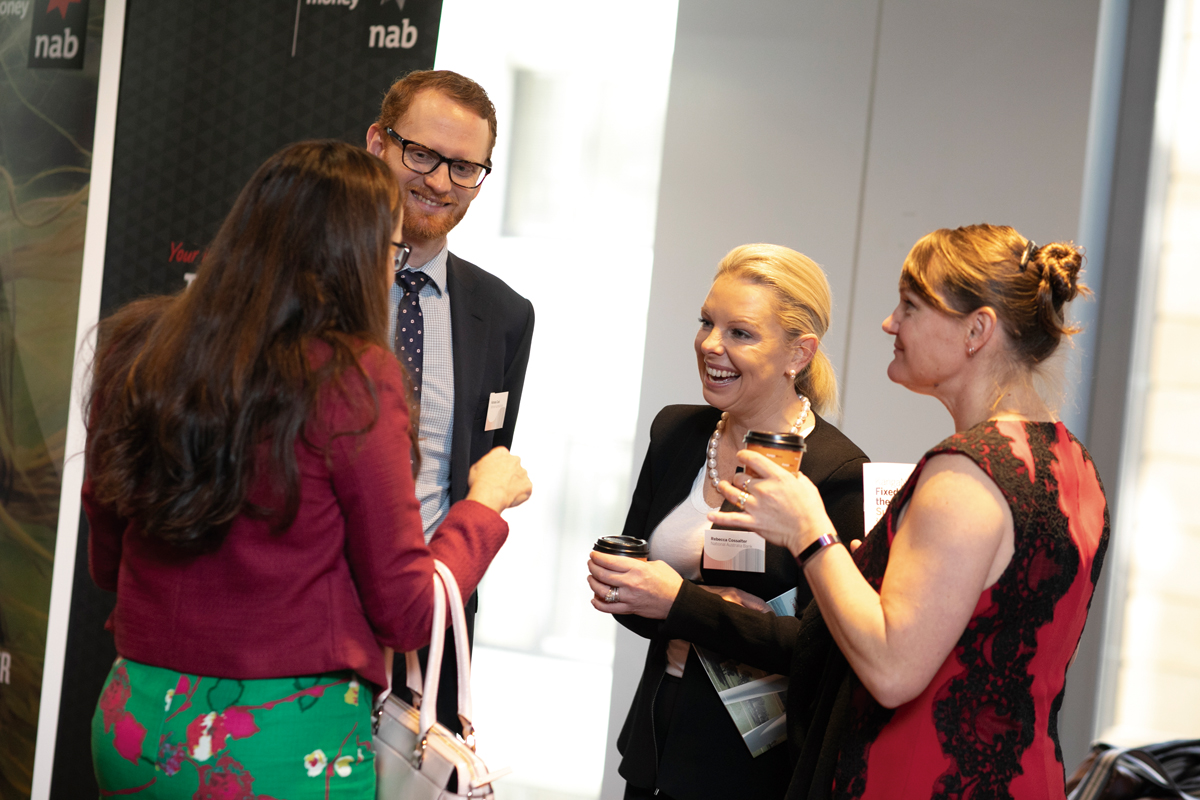
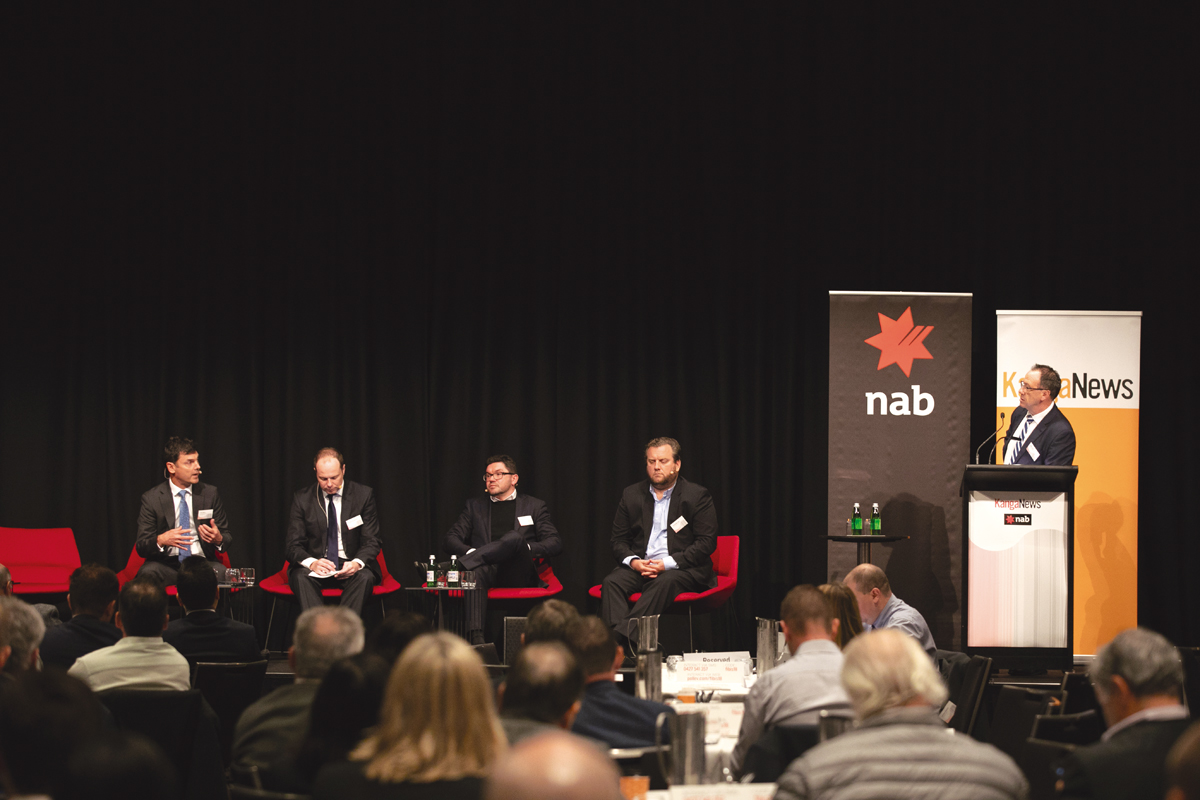
“Traditional credit funds are and should be ‘wired to worry’. We overlay protection on our portfolio and we increased this late last year because we anticipated volatility. This hasn’t come through yet but we are maintaining protection: if US Treasuries hit 3.5-4 per cent or even more, the stock-market impact could be extreme.”
“When rates were at their lowest point the consensus was that the situation was going to last more or less forever. Two and half years later, we are seeing normalisation. There is plenty of economic strength about, though our concern is the extent to which the equity market is priced for perfection.”
“We think we are still in the mid cycle, not late cycle. We continue to expect a major inflation break-out but it could be 2-5 years before it happens. We typically only hold assets for relatively modest periods – where we can capitalise on opportunities – and we believe the current economic environment is constructive for credit over the next 6-12 months.”
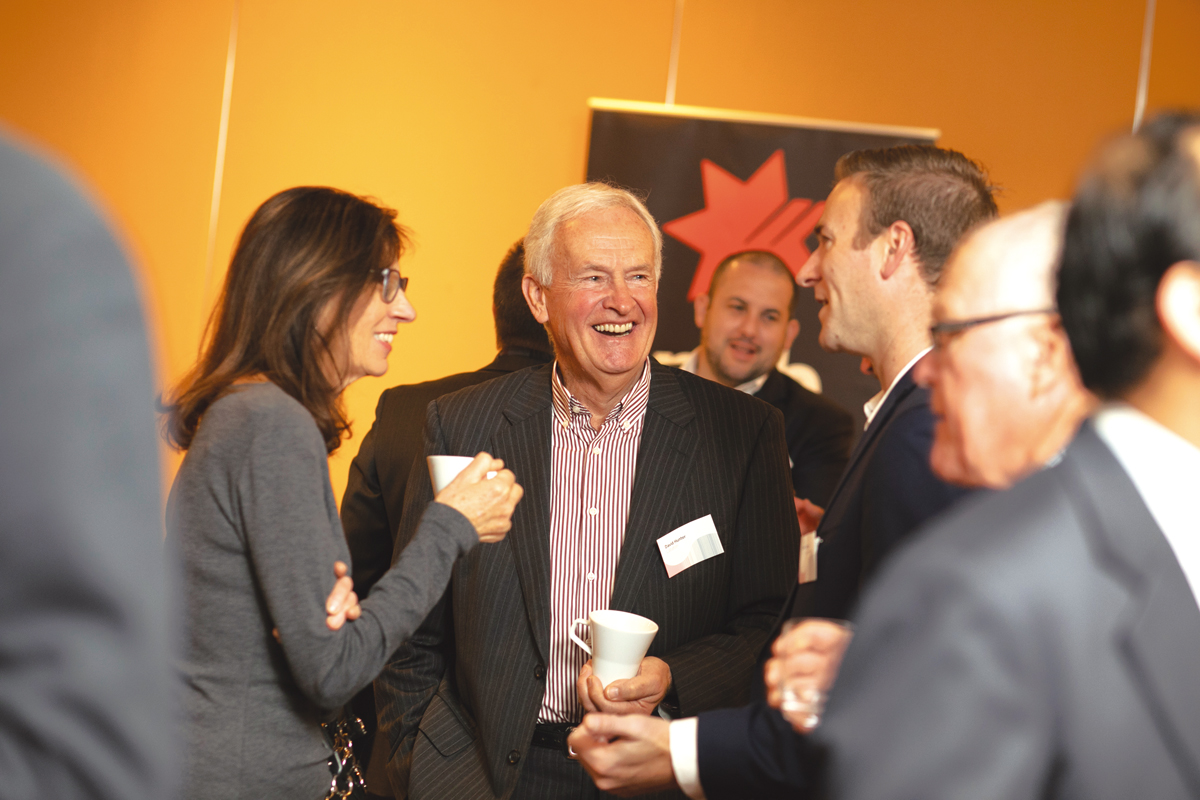
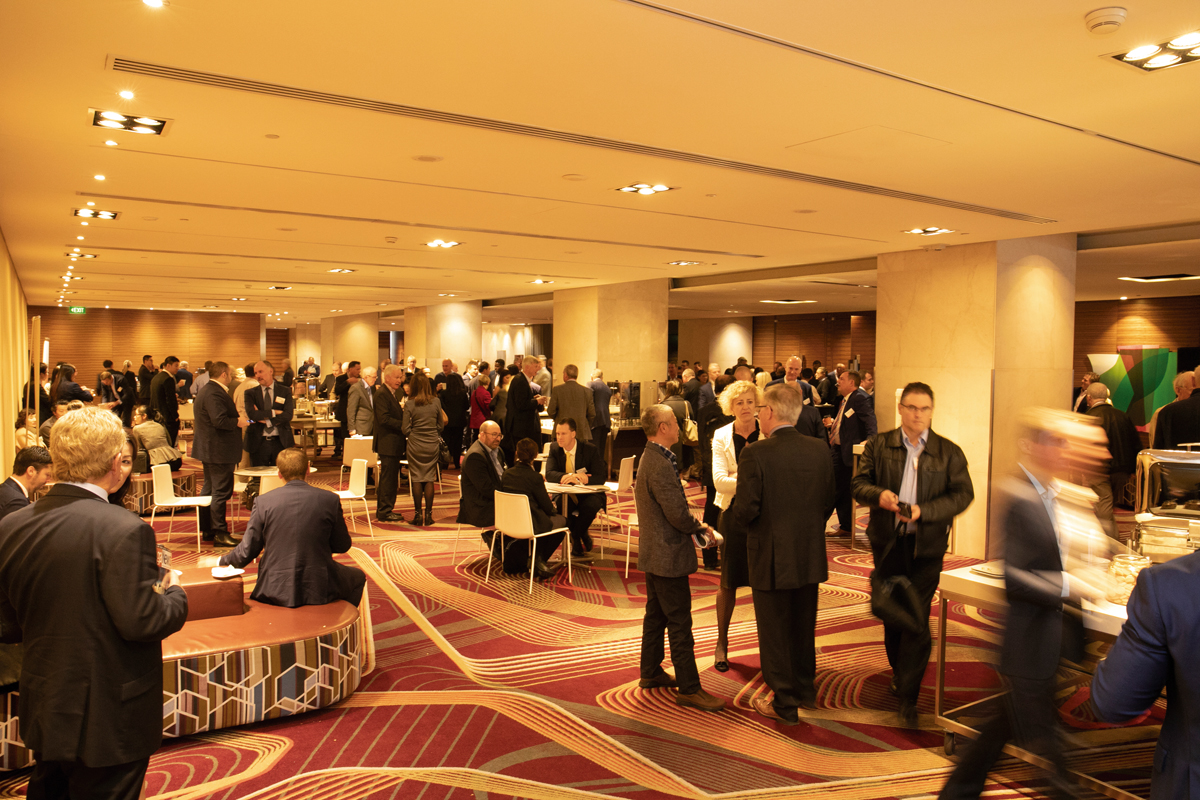
“There is a lot of opportunity on the development side of real-estate lending. Banks are focusing on large-scale clients, meaning smaller developers which have great track records are finding it difficult to get debt funding. We started lending to these clients in the mezzanine space, but we are now seeing more senior-debt opportunities.”
“Increasing capital requirements, macroprudential regulation and the royal commission mean high-quality borrowers are increasingly coming to alternative lenders, because we can deliver superior service and certainty around the decision-making process.”
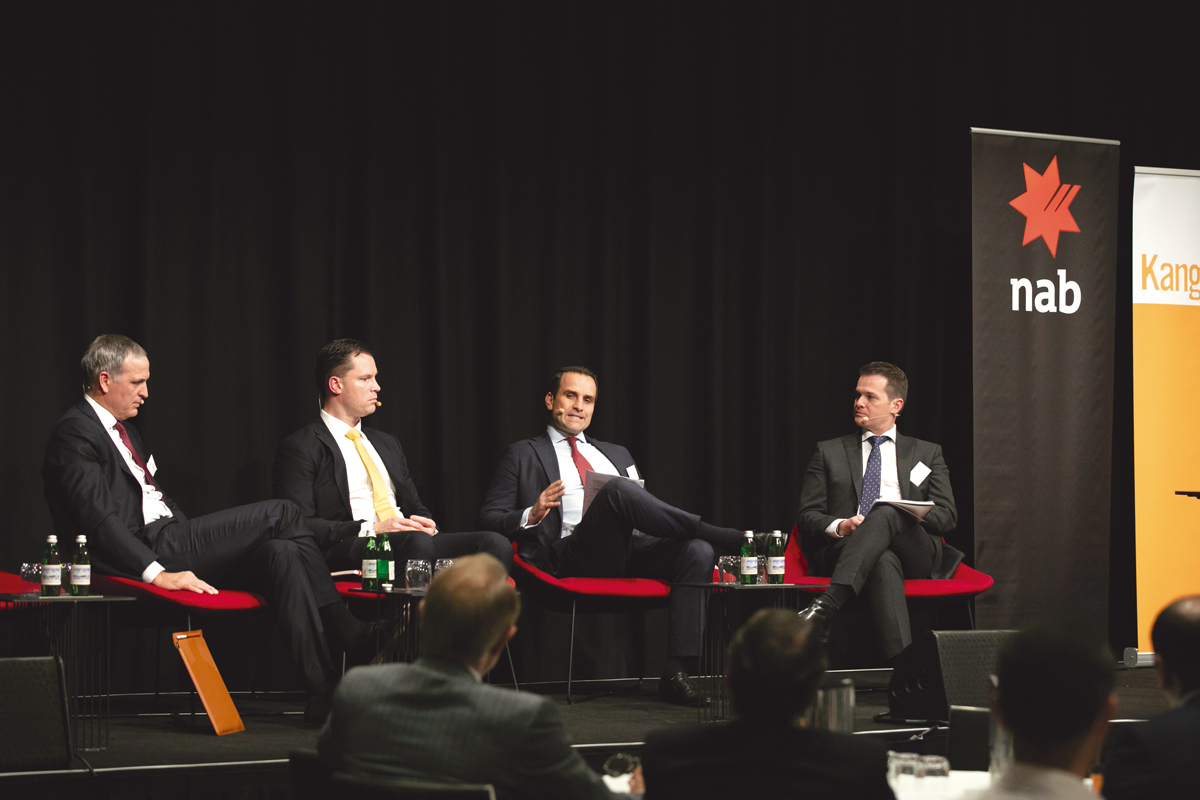
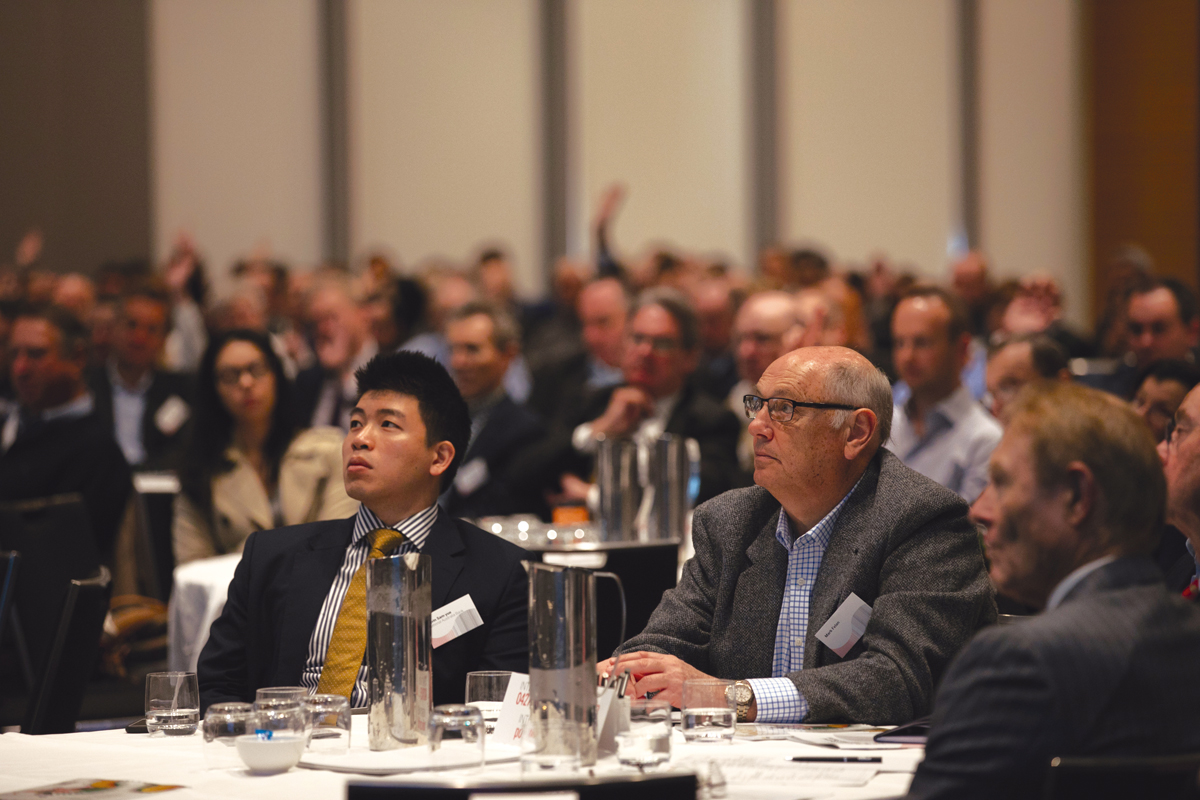
“Australian generation capacity is very old and expensive to replace. It’s simple economics that it will be replaced by cheaper renewables.”
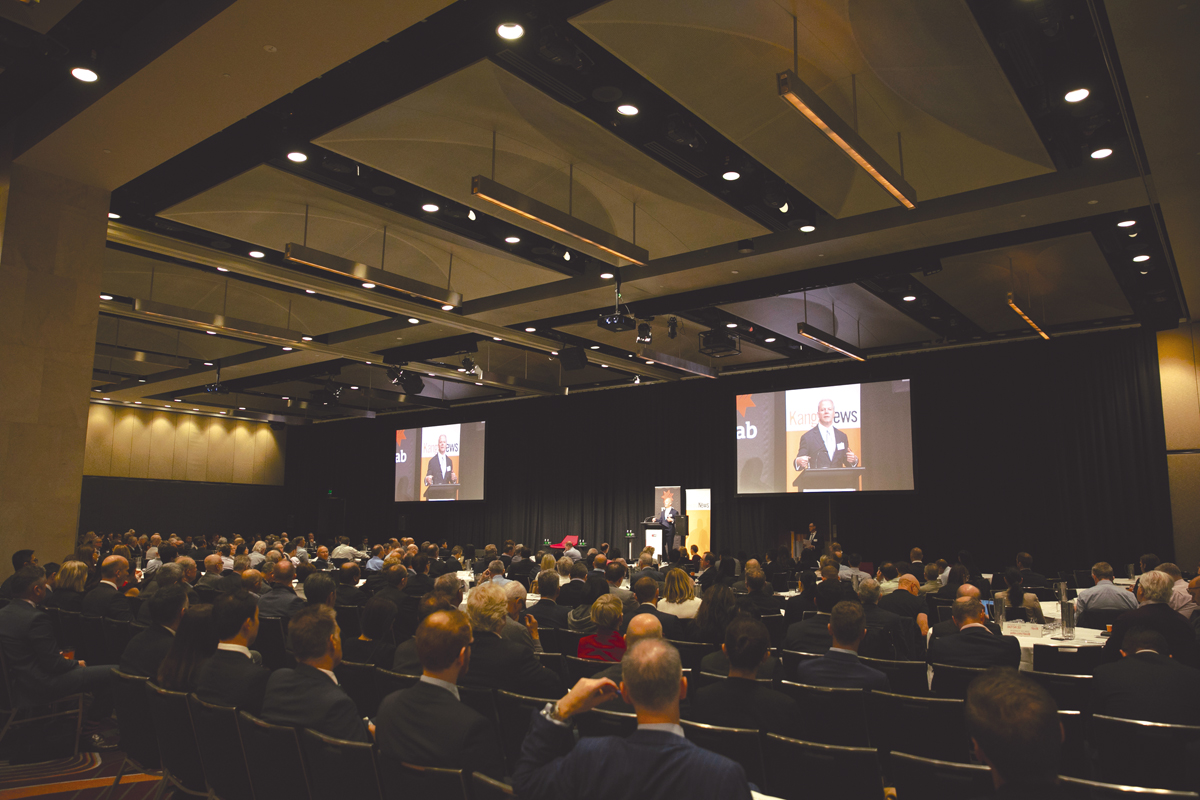
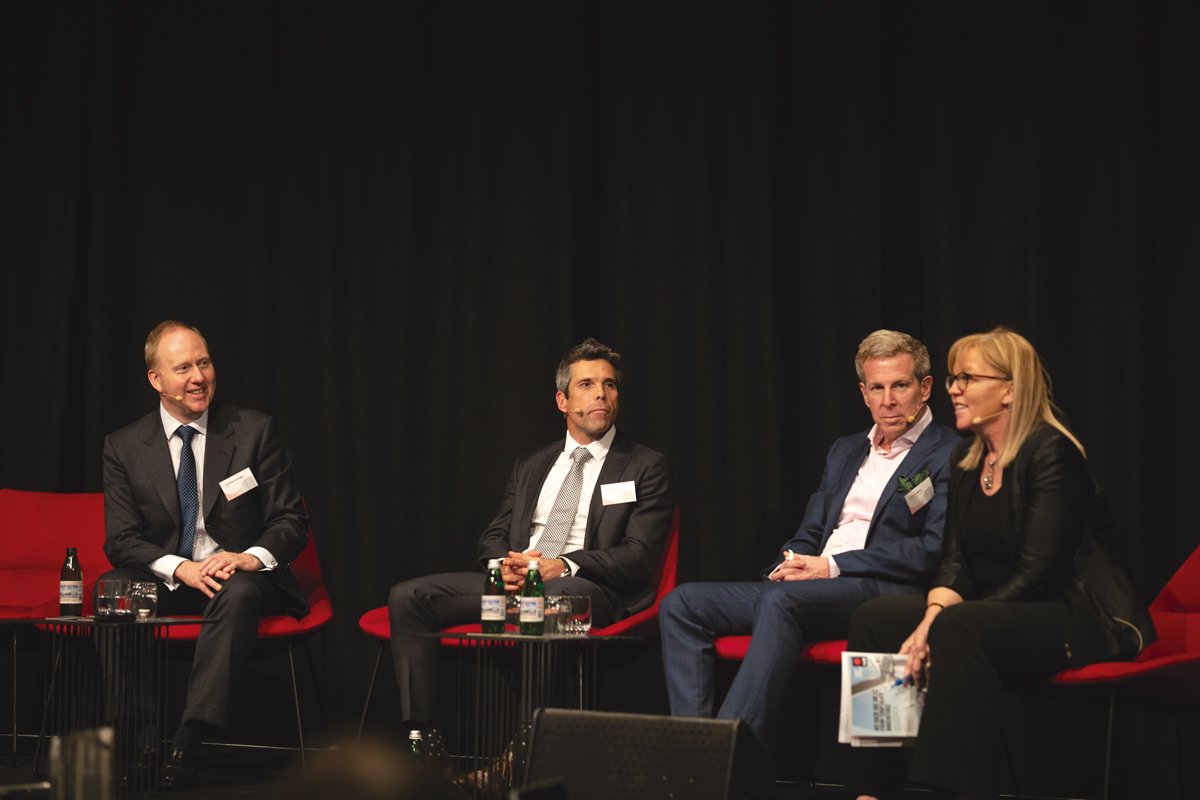
“Property and equities are significant asset classes for private-bank clients. High-net-worth Australia has also tended to have a big slab of cash and only a tiny sliver of fixed income in their portfolios. It has always been my intention to work out how to bring more of a fixed-income understanding to our clients. As we build out this opportunity, we will also serve corporate Australia.”
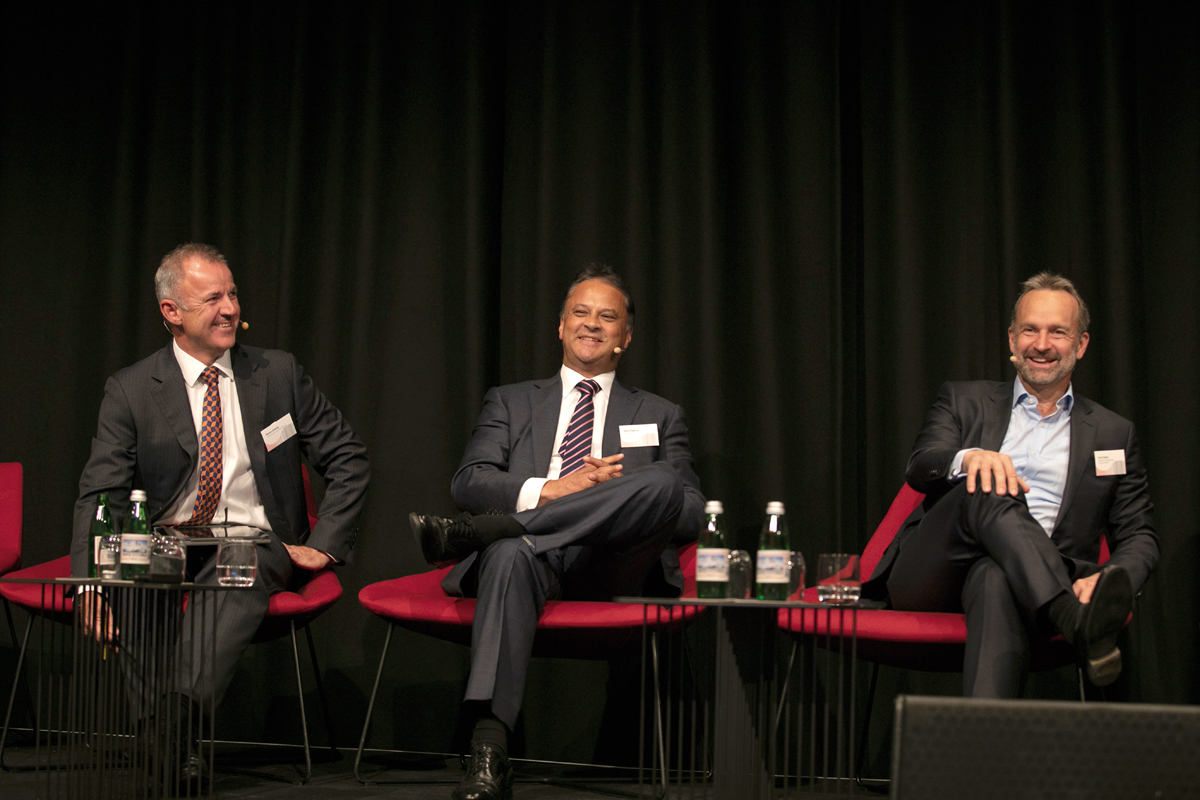
“China is an obvious risk factor but if anything I am more focused on the US – it is looking like a potential train wreck in a couple of years’ time. The US has introduced huge stimulus late in the cycle that its economy simply does not need. It could be looking at a massive deficit when it should be generating surplus, with very limited firepower to counter cycle change.”
“We are working through consultation with APRA about the nature of unquestionably strong, with new capital standards to come next year – including the future of non-common-equity capital. APRA has been quite clear it will monitor international developments around TLAC and the consequences for Australia, and it is appropriate to synchronise work around capital and sub debt before following with TLAC.”
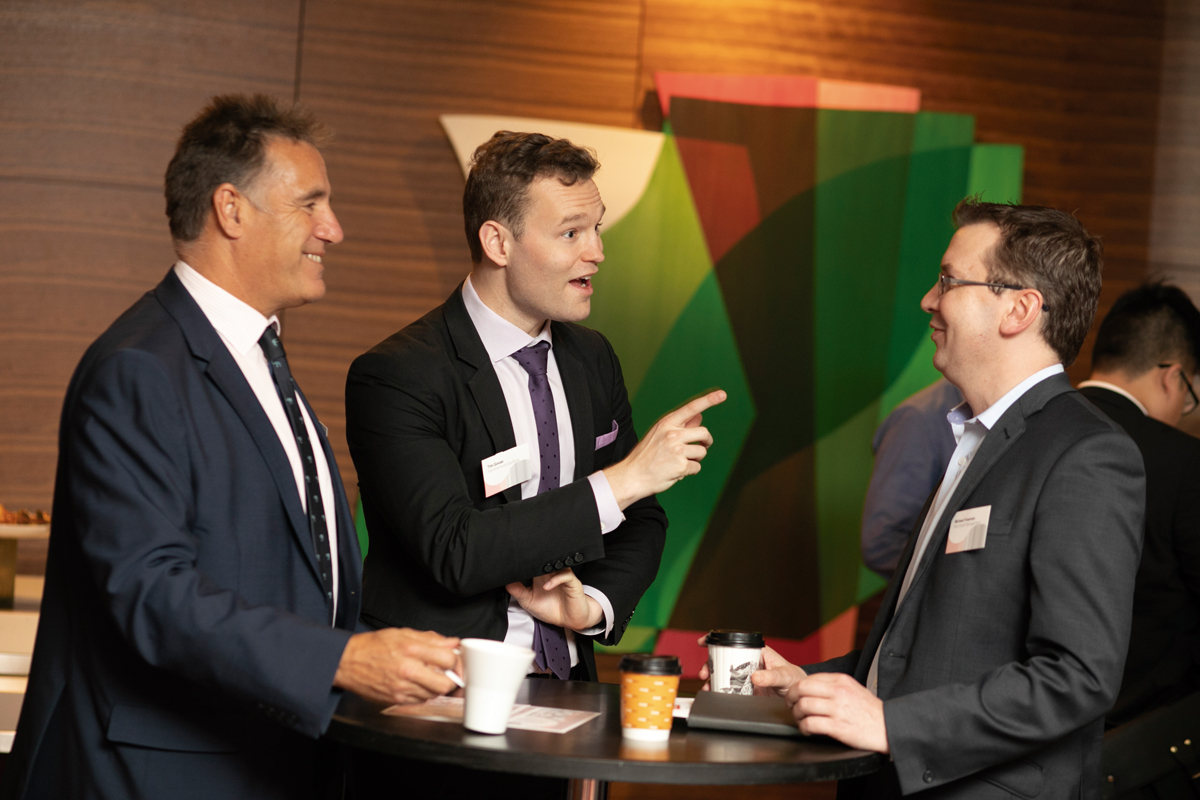
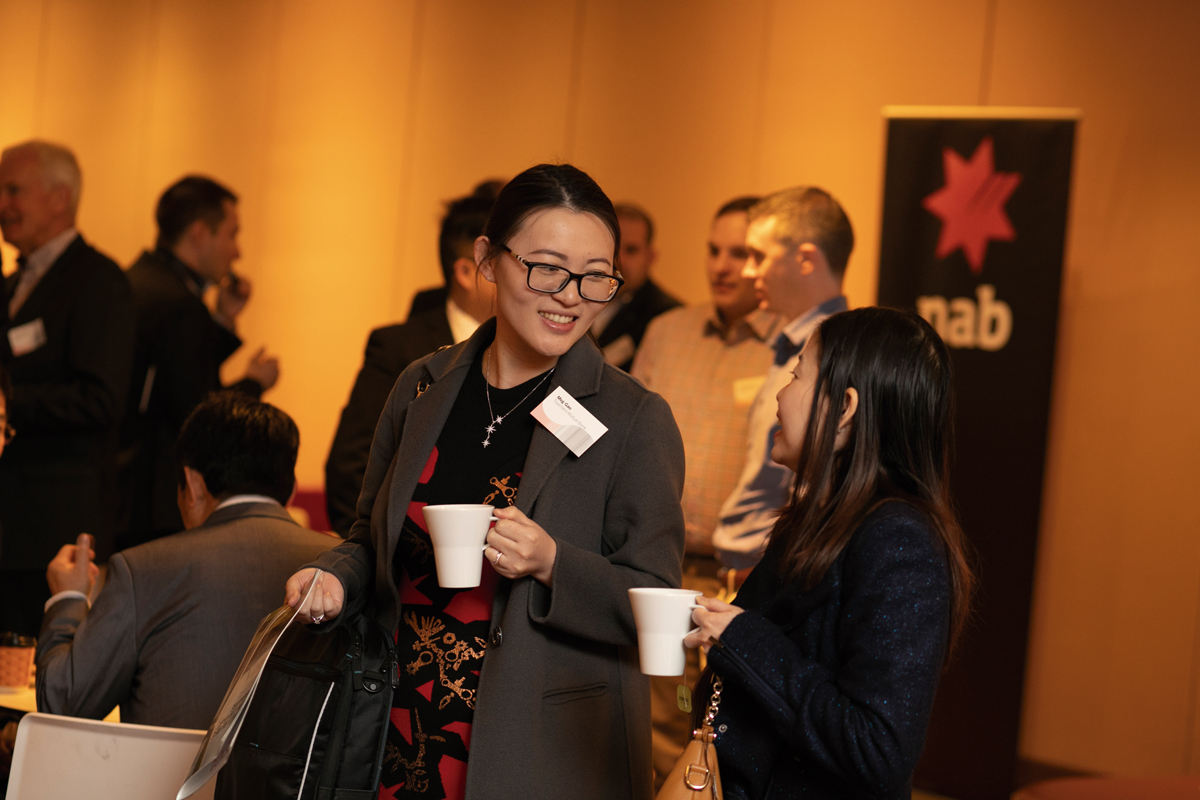
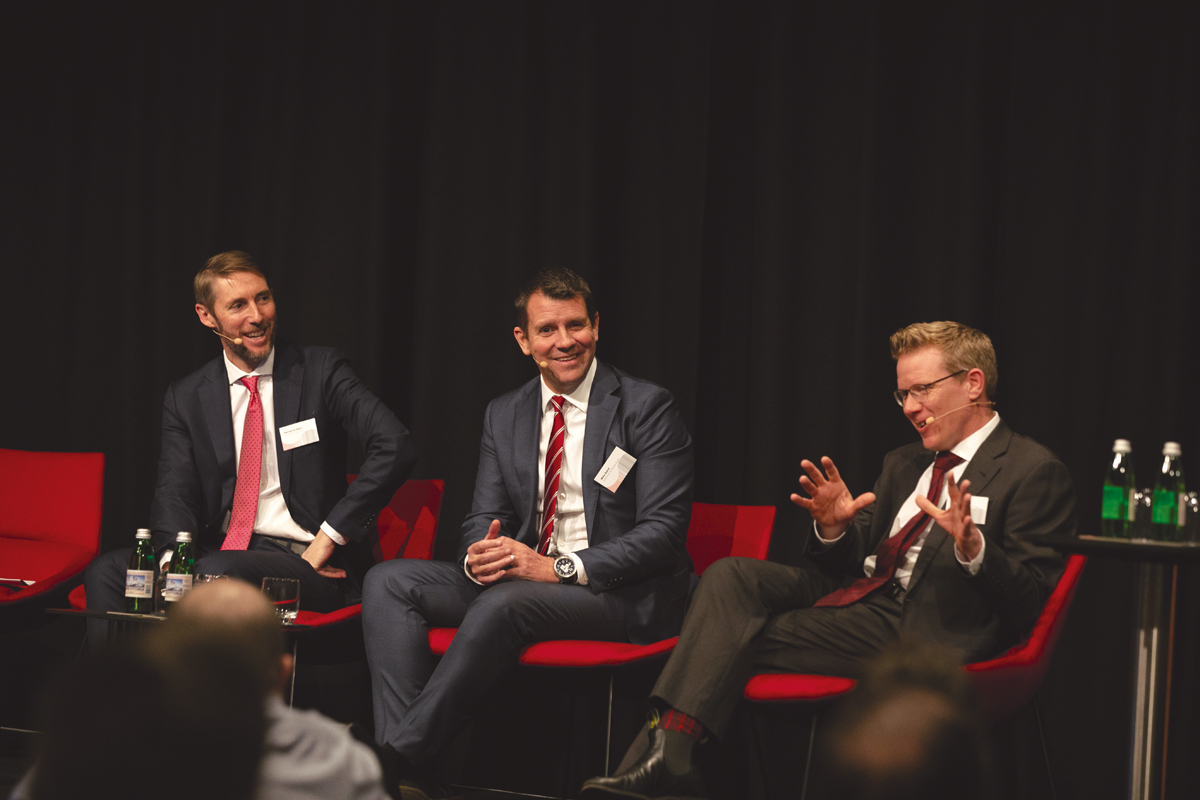
“We are trying to lift the engagement of the average super member. But our data show that members’ investment choices don’t tend to lead to better outcomes – they are generally better staying off in a balanced option. It’s more about building trust, because trust is probably lower now than it has ever been.”
“Superannuation is going to be two or three times GDP in Australia in the foreseeable future, and I think this is going to change the nature of our capital markets. It is important that we make members feel engaged – that they know this is their money.”
“Having recently met a number of senior US political strategists on Capitol Hill, there is a growing sense that it is not just likely that Donald Trump will win re-election in 2020 but that it is inevitable. The sense is that he is winning people over outside his base because he is getting things done, most clearly on the tax side – where everyone is getting lower taxes.”
“Increasingly, our business needs to be connected with the challenges the nation is facing. The days where government, business, the charitable sector and so forth are disconnected are over, and what we can bring to issues like climate change and affordable housing is phenomenal.”
“The vast majority of people don’t have either the time or expertise to invest for their retirement – which is a 50-60 year strategy. We are trying to inform and engage our members about how trustees invest, but the reality is it would be in most people’s interest to be in a balanced fund and stay there for decades.”
“Every stock market fall is now reported through the medium of the impact on superannuation savings, and every time this happens our phones run hot the next day with people wanting to switch to the cash option.”
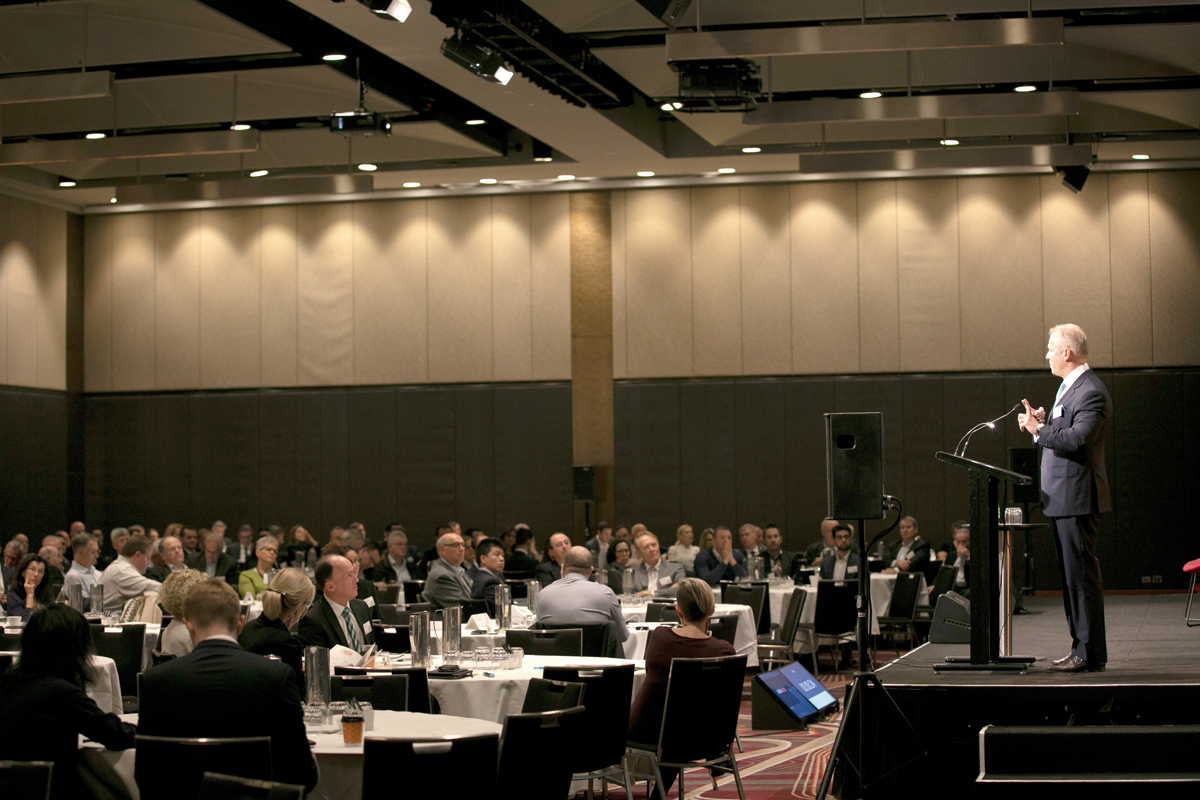
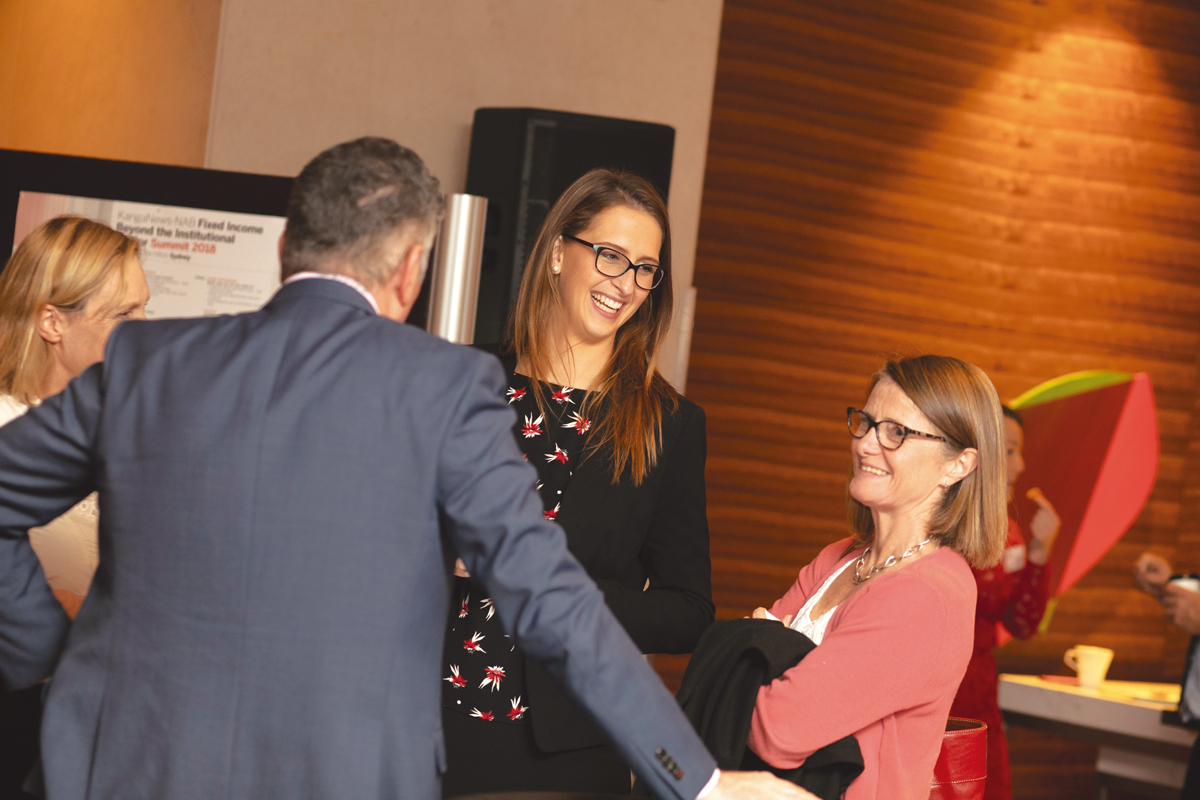
“There is a lot of work being done behind the scenes to develop product, but the universe of ethical investment opportunities is still small. We have taken a different approach and provided debt directly to infrastructure projects. These long-term assets suit our portfolio, providing long-duration assets which match our investment themes.”
“The reason Australia doesn’t have a more active fixed-income allocation is because equities have been so good to Australians, and franking has made them even better. We have been in one of the longest-running bull markets, but we are at a turning point – and now is the time for equity investors to start adding protection by looking in a more formal sense for quality fixed income.”
